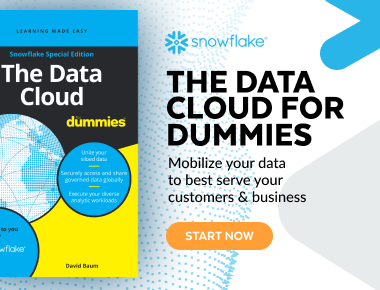Business analytics leverages Big Data sets to help organizations receive insights around key business metrics and behaviors. Many business analysts use predictive analytics to build the statistical models necessary to make proactive business decisions or changes.
Business analytics tools can have a wide variety of applications across different businesses and industries. Retail and food service businesses use business analytics to improve the customer experience and maximize margins in the processes. Some companies are developing innovative ways to use big data in order to improve their customer’s experience and maximize profits. Being prepared for surge times, for example, is highly useful in fast food and certain types of retail. Data analytics can help these businesses better plan for resource and technology allocation during peak times.
Many businesses focus just as heavily on targeting potential repeat business demographics to build rentention and loyalty. And these are largely B2C examples. B2B business use Big Data more and more - especially in the age of IoT (Internet of Things) to improve field service performance, streamline supply chains, and optimize machinery uptime.
Data Analytics Drives Business Analytics
Naturally, business analytics requires performant analytical tools for business. Snowflake empowers data analytics by providing global platform for all data and all your essential workloads, with nearly unlimited and seamless data collaboration.
Snowflake and the Data Cloud
Four-hundred million+ SaaS data sets globally remain siloed. Many more generated by daily business activity are also isolated in cloud data storage and in on-premises data centers.
Snowflake helps power the Data Cloud, which eliminates these barriers, enabling organizations to easily unify and connect to a single copy of all of their data. The Data Cloud offers an ecosystem of thousands of organizations connecting to their own data, and connecting to each other by sharing and consuming shared data and data services.
